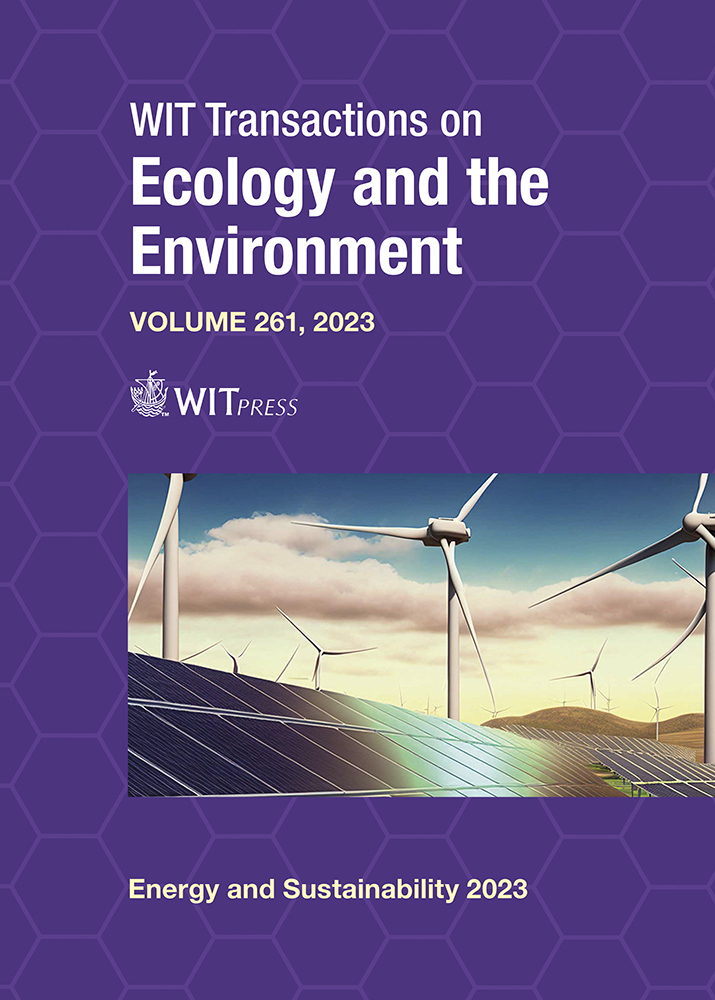TOWARDS ACHIEVING SUSTAINABILITY THROUGH CONSTRUCTION WASTE MANAGEMENT BY INTEGRATION OF DESIGN AND BUILDING INFORMATION MANAGEMENT
Price
Free (open access)
Transaction
Volume
261
Pages
16
Page Range
389 - 404
Published
2023
Paper DOI
10.2495/ESUS230331
Copyright
Author(s)
ESLAM M. HASSAN, MOHAMED A. IBRAHIM, ZEYAD M. TAREK
Abstract
With the rapid growth in construction activities as a result of growing population and urbanization, increase of construction material prices, lack of material resources, limited funds and environmental issues, construction waste is becoming a serious problem in Egypt and all over the world and still there is a lack of attention to such subject. The research contains a survey highlighting that at the construction stage, 68.81% of work is completed without shop drawings approval, 84.62% of specification changes, 86.54% of problems occur in construction and many other factors, so instead of handling construction waste at construction stage, as most current research has done, construction waste management must be planned at the architectural design stage, looking forward to the future of buildings as sustainable elements and how it will cost us environmentally until the construction is completed. Traditional methodology of architectural building design has been illustrated through a case study of residential building as a result a high amount of wastage, CO2 emissions, environmental and cost impacts that have occurred. After that, an integration methodology combining architectural design for construction waste management and building information management have been implemented using building information modelling through a case study after redesigning and optimization. As a result of new architectural design methodology implementation there is minimization in CO2 equivalent produced by 10.43% in glazing panels and 17.42% in porcelain tiles, compared to traditional methodology. The integration between building information management and design for construction waste management at design stage through sustainability approach could prevent and or minimize the environmental impacts in Egypt and many other places. It is hoped that it may provide the Egyptian government, local experts, decision makers and contractors a method to enhance, save country resources and minimize the environmental impacts of construction industry.
Keywords
architectural design, design for construction, sustainable design, building information management, waste management, environmental impacts, CO2 minimization, building information modelling





